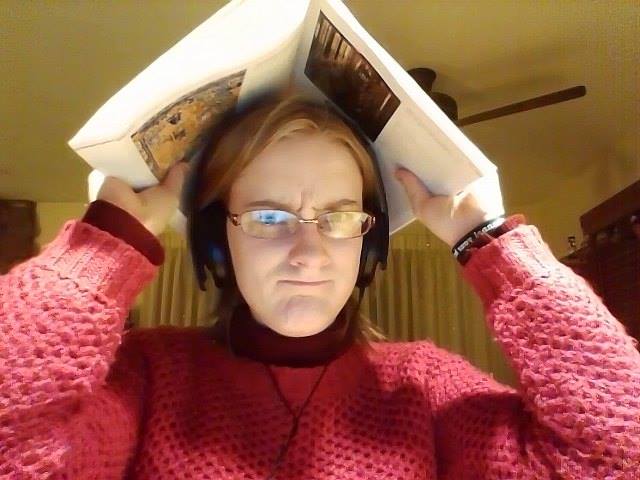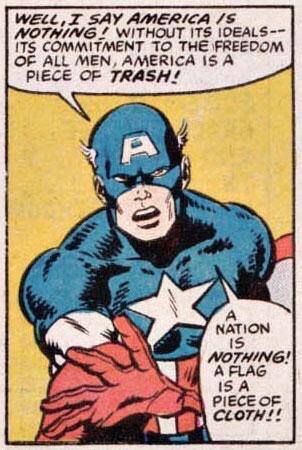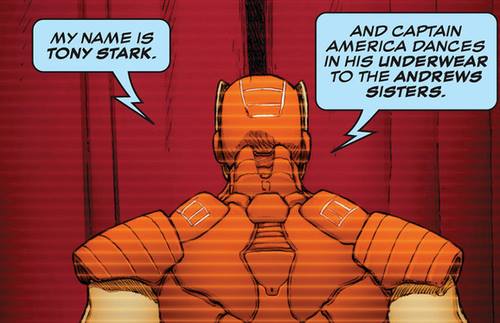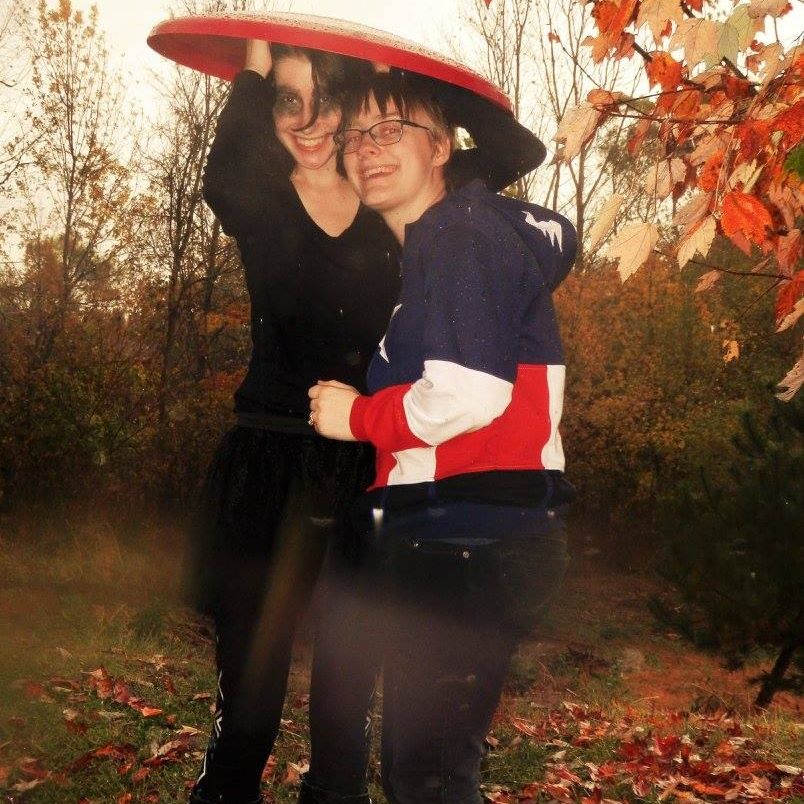Accessible Comics?
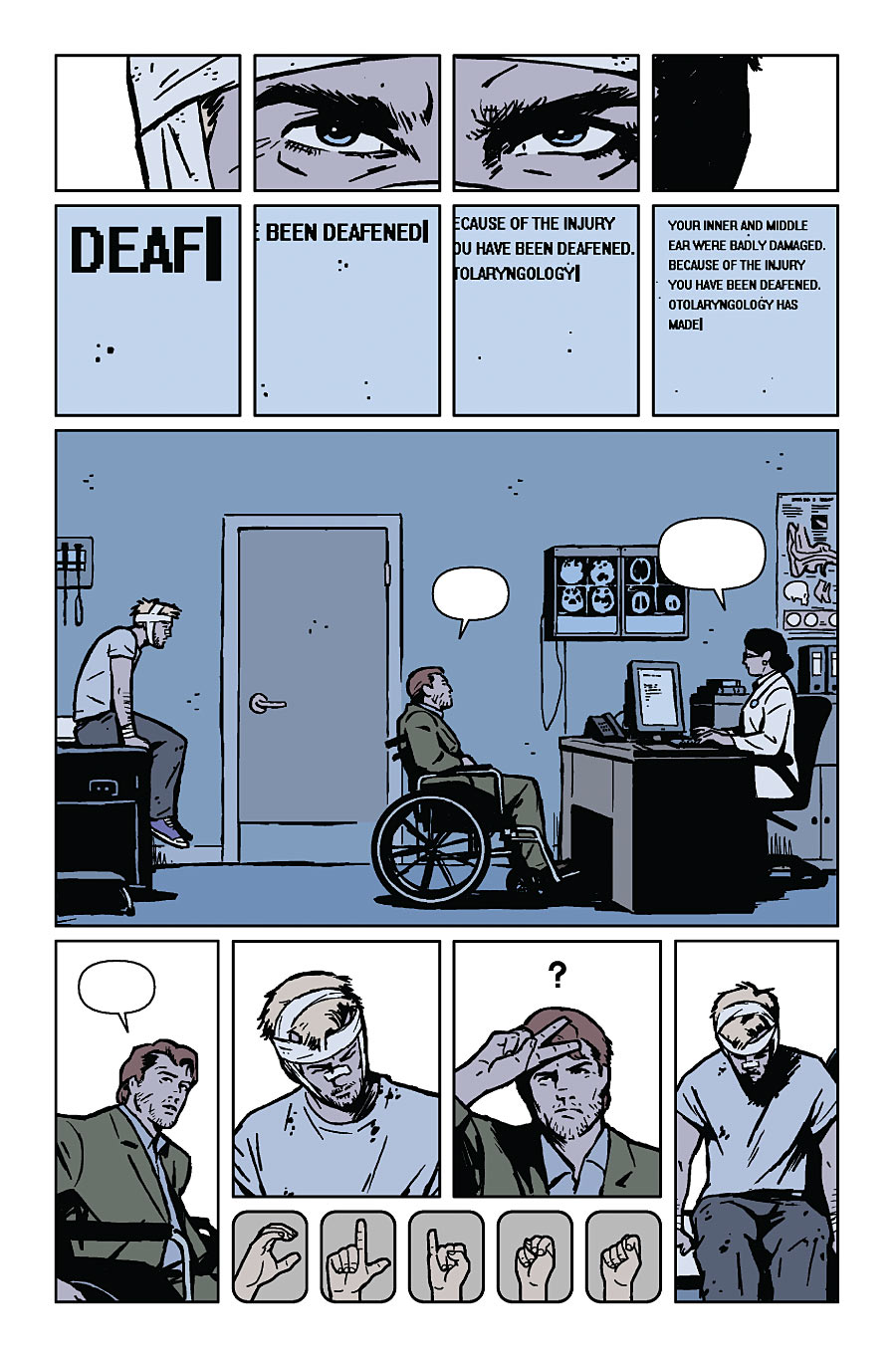
{Image is a scan of a comic page. The top panel shows adult Clint staring at the reader. The second row of cells is a typed doctor’s note stating that Clint has been deafened. The third panel is an image of the doctor’s office, with Clint sitting on an examination table while his brother talks to the doctor. Their speech bubbles are blank, showing that Clint cannot hear them at all. The bottom row of cells shows Clint’s brother signing at him. Clint is looking down.}
Comics, as an art form, haven’t changed much since their inception. Sure, you can download them onto your computer or tablet now, but much like with other books, there are still paper copies being sold regularly. Comics have cells, panels, line and color art, onomatopoeia, and huge plot arcs with a clearly defined protagonist and antagonist.
Where does this leave would-be comics readers who, for whatever reason, can’t experience comics in their usual incarnation?
You don’t usually think of writing comics for the blind. But that is one idea I’m going to ask you and your students to consider in this post.
Today’s lesson plan is a unit about accessibility in comics. Do comic creators have an obligation to create at least some more accessible comics? What can comic creators do for would-be readers with sensory processing issues or other special needs? How can the traditional comic book format be modified for non-traditional readers?
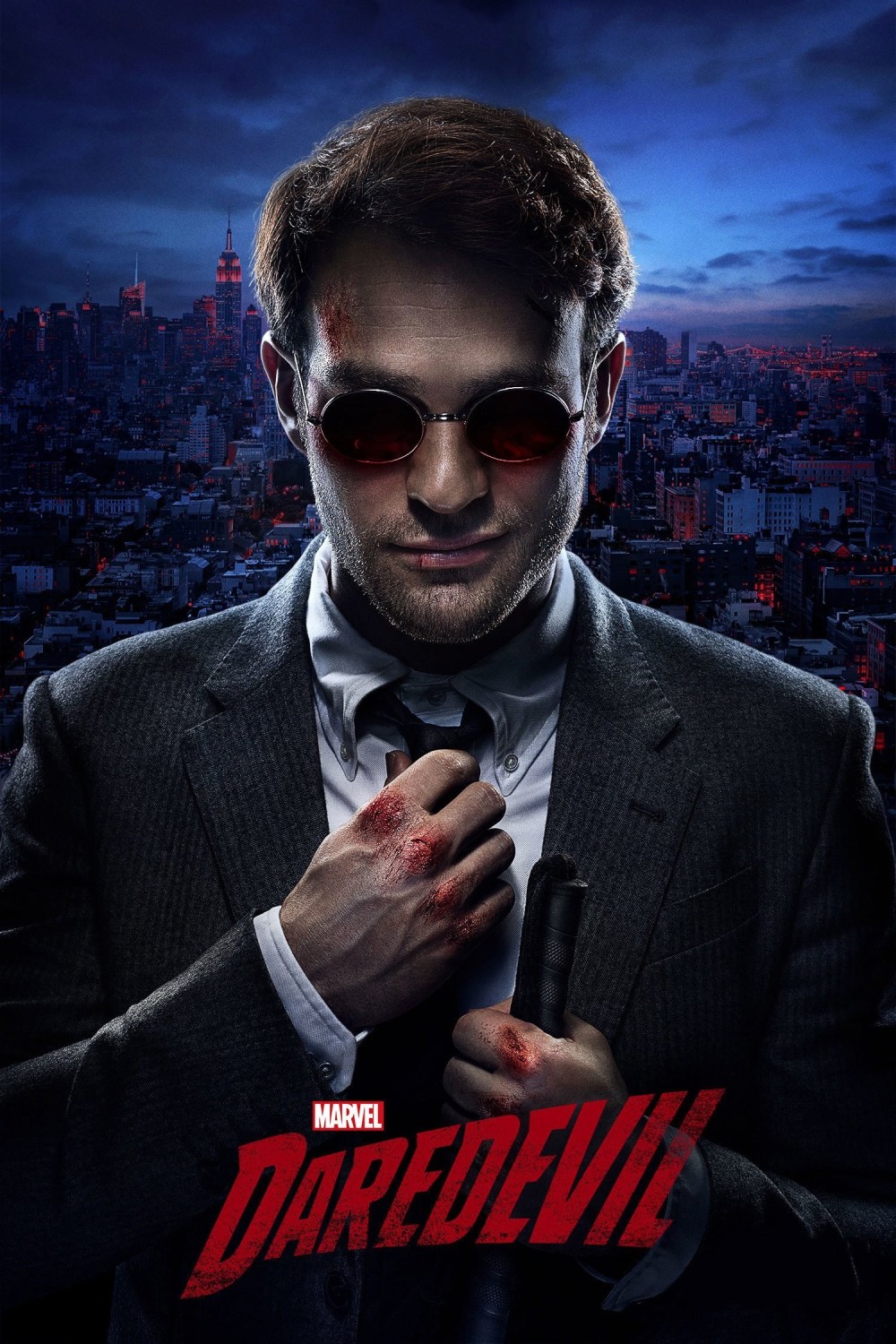
{Image is a poster for Marvel’s Netflix show Daredevil. Matt Murdock faces the viewer. He has a cut on his forehead, and his knuckles are bloody. He is holding a cane in his left hand and is straightening his tie with his right hand. He is wearing tinted glasses.}
Students will engage in visuals, lecture, whole group instruction, discussion, and a project.
Materials Needed:
- Computer
- Projector
- Computers available to students, for research purposes
- Comics for research (especially comics used previously in class)
- Comic-related films for research (especially films previously used in class)
- Blank lined paper
- Blank white paper
- Pencils, pens, and other art materials needed for comics
- A USB headset (I use this one for podcasts, but a gaming headset with a USB plug will do) and corresponding technology (such as Audacity), for any students who wish to work with an auditory medium
- Whatever other materials students need for their special projects; you will want to touch base with your students throughout the unit to ensure that they have everything they need for their project to work
Standards Met:
- “CCSS.ELA-LITERACY.CCRA.W.4 Produce clear and coherent writing in which the development, organization, and style are appropriate to task, purpose, and audience.”
- “CCSS.ELA-LITERACY.W.9-10.2.A Introduce a topic; organize complex ideas, concepts, and information to make important connections and distinctions; include formatting (e.g., headings), graphics (e.g., figures, tables), and multimedia when useful to aiding comprehension.”
DAY ONE
- Gather the students together as a class. Ask them if they can think of anything that might hinder someone from reading a comic. If they seem stumped, gently guide them toward the idea of people with special needs, for example by asking a question: “What if Daredevil wanted to read a comic?” Discussion should be brief, maybe five minutes.
- Introduce the students to the main idea of this lesson plan: The students will be assigned to groups (or allowed to choose their own, depending on how self-regulatory your students are). Their groups will design a comic for someone with special needs. This comic should be short, the equivalent of a ~5 page comic. (This measurement may not mean a whole lot, especially if the students choose to use a completely foreign medium, such as audio recording. Use your best judgment.)
- If the students need inspiration, you can give them a list of people who might need an alternate form of comics: have a comic for the blind that includes 3D art or that is narrated, for example; have a comic with muted colors and a wider spread for someone who has sensory processing issues or other problems with focusing; etc.
- This new form of comic may also encompass a group that is not often represented in cape comics: for example, an autistic superhero.
- REMIND THE STUDENTS THAT COMICS ARE FUN. THIS PROJECT IS TO HELP SOMEONE ELSE HAVE FUN. FUN IS KEY.
- Assign the students to groups (or let them group up). Give them part of the class period (15-20 minutes) to discuss what need they want to fill with their comics. Each group should bring you a paragraph-long proposal detailing what need they wish to fill and how they propose to fulfill it. This proposal does not have to cover all aspects of this issue, but the students should be prepared to keep in touch with you about their project as they work on it over the next few days.
- For the remainder of the class period, have the students research the special need that they have chosen. This research should continue outside of class. The students do not have to type a formal report about the need they wish to fill, but they should have printed reliable sources about what resources are used to accommodate the people they wish to accommodate. They should also research the culture of the people they wish to create comics for. If they want to make special comics for Deaf people, they should research Deaf culture. If they are interested in writing comics for Autistic people, they should look into autistic advocacy, particularly that done by autistic teenagers and adults.
DAY TWO
- Meet with each group during this class period. Have them describe what information they have uncovered in their research. Ask them how they intend to incorporate that information into their work. Remind them that they should always keep the wants and needs of their audience in mind.
- Let the students work on their projects in class. Check in with the groups as they work. Ask what materials they need that you might be able to help them find.
DAY THREE
- Students continue to work on their projects in class. Their work should be close to halfway done.
- Continue meeting with the groups. See if they have any questions. Provide resources created by the people they are creating their comic for if need be. Also: encourage them! Encouragement is key. Comics are fun.
DAY FOUR
- Students continue to work on their projects in class. Their projects should be completed by next time!
- Have the groups prepare a short summary of their projects. This summary should be about a page long, single-spaced. It will explain the purpose of their comic, its storyline, and what materials they used to make their comic accessible to a certain group. This summary will be presented along with their finished project.
- Remind the students that they need to have all materials needed for someone to experience their comic. If they need a laptop and headphones, they should find one (ask you or a librarian for one, etc). These materials all need to be present in the next class–otherwise their classmates won’t be able to experience their comics!
DAY FIVE
- PROJECT IS DUE! The students will set up their projects in designated spaces around the classroom. Their projects will be accompanied by their single-spaced summary. All of the students will move from station to station, experiencing each other’s comics.
- During the last part of class (20ish minutes), have the students settle into their seats. Have them write a reflection about their project. Why did their group choose to do that certain project? What do they think went well? What would they change if they could repeat the project? Finally, do they plan on giving the project to anyone who might benefit from its accessibility?
What did your students think of this project? Is there any way in which you wish comics were more accessible? Is there any issue that you think this lesson plan could better address? If so, let me know in the comments!

